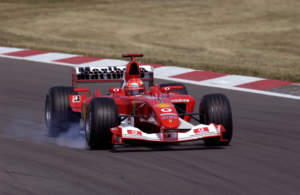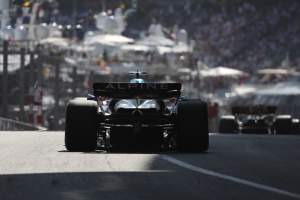Up Next

Developments in TV technology are making it more viable for Formula 1 to use one-shot qualifying again, according to Ferrari driver Carlos Sainz.
F1 has been experimenting with its formats through the addition of the sprint weekend, though it has firmly stuck to the three-segment qualifying system – only slightly adapting it to have a second, alternative version used for ‘sprint qualifying’ on Saturdays during sprint weekends.
But potential qualifying tweaks have been on the agenda among drivers, particularly for smaller tracks, where the need for 20 cars to be all pushing for laptimes around the same time has created inevitable traffic headaches and moments of potentially harrowing speed mismatches.
It was an obvious bugbear at the likes of Monaco and Montreal this year, and is expected to be a factor again this weekend given Austrian Grand Prix venue Red Bull Ring’s super-short lap – comfortably the shortest of the season in terms of laptime.
Many drivers appear to be in agreement that F1 should not deviate too far from its current format.
However, the grid’s two Spanish representatives, Fernando Alonso and Sainz, both see the appeal of dipping into F1’s past, namely 2003-05, for inspiration.
“It is a topic every weekend, especially in short circuits,” said Alonso on the matter of qualifying traffic.
“And there are [a] few options to improve this. One is single-lap qualifying, like in the past.
“That would be ideal, in my opinion, because only one car on track, [it would get] full TV coverage for that lap, for everyone’s sponsors and things like that. And that created a little bit of drama in case of weather changes in between [during] qualifying, you could see in pole position different cars, different names. So that was, I think, my preferred option.”
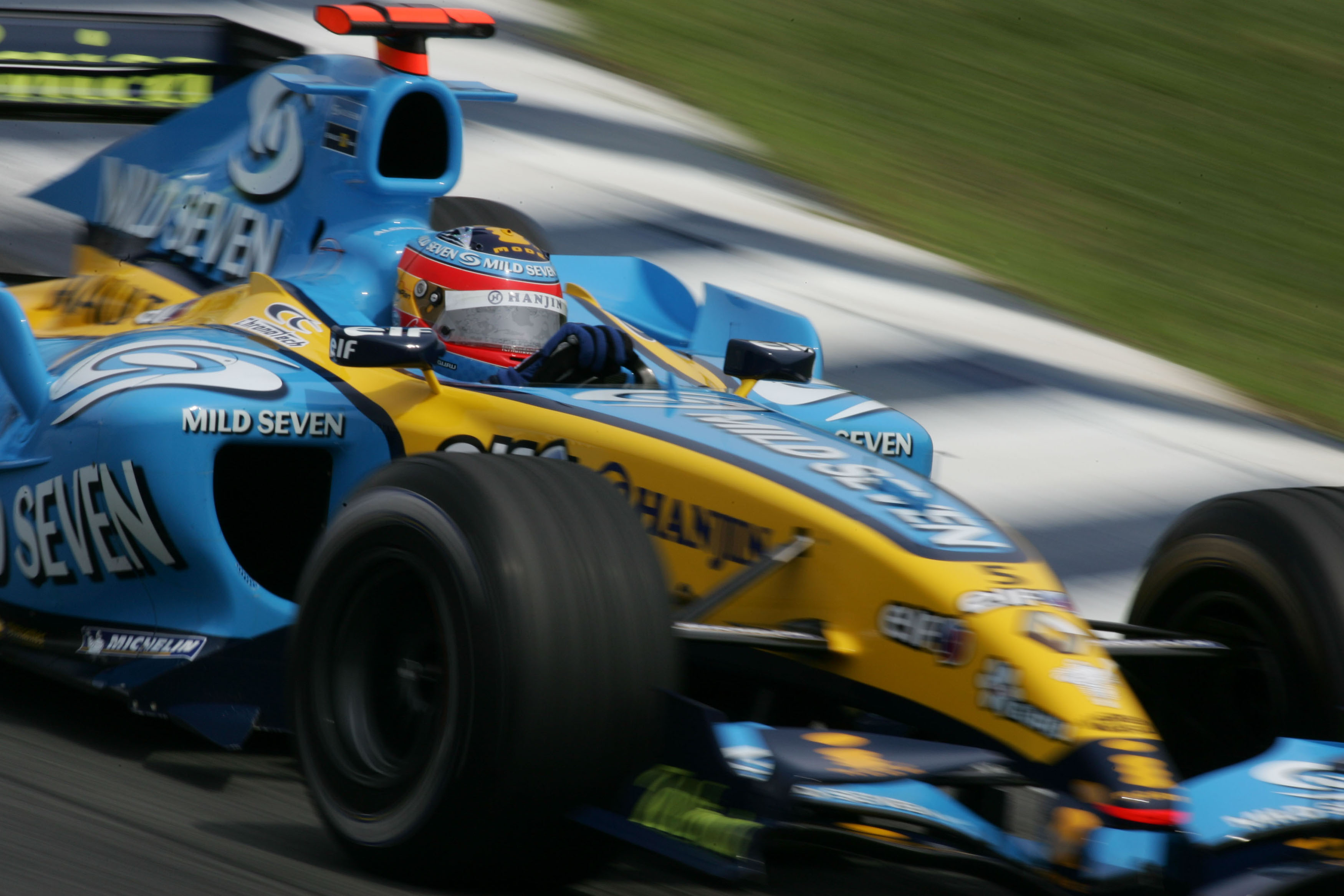
F1 went through several versions of one-shot qualifying – including holding two sessions on separate days and on one day, aggregating times between those two sessions, and just having a single session – during its three-year tenure.
Both its merits (allowing more teams and drivers a fairer share of the spotlight and more focus on standalone performances) and drawbacks (the loss of the current late-session jeopardy and constantly-updating leaderboards and a higher potential for lulls in meaningfully interesting action) have long been established.
But while Sainz was not quite as firm as Alonso on declaring it as an “ideal” format – or even one he would consider having F1 adopt wholesale – he said the data and graphical capabilities afforded to broadcasters by modern technology make it a better proposition than it used to be.
“The single-lap qualifying may be something to experiment with, as Fernando said, also maybe in sprint weekends to try, if it would work,” he said.
“I personally am a big fan of it, because I do like that feeling of suddenly having the whole track for you and having the pressure to perform in only one lap.
“That would be really good fun for us, I think for our sponsors and for everyone, but maybe for the TV it would be a bit boring for you.
“But… I don’t know. Depends on the technology, you also have to animate that single lap, if you can put a ghost car of the fastest lap [as an overlay].
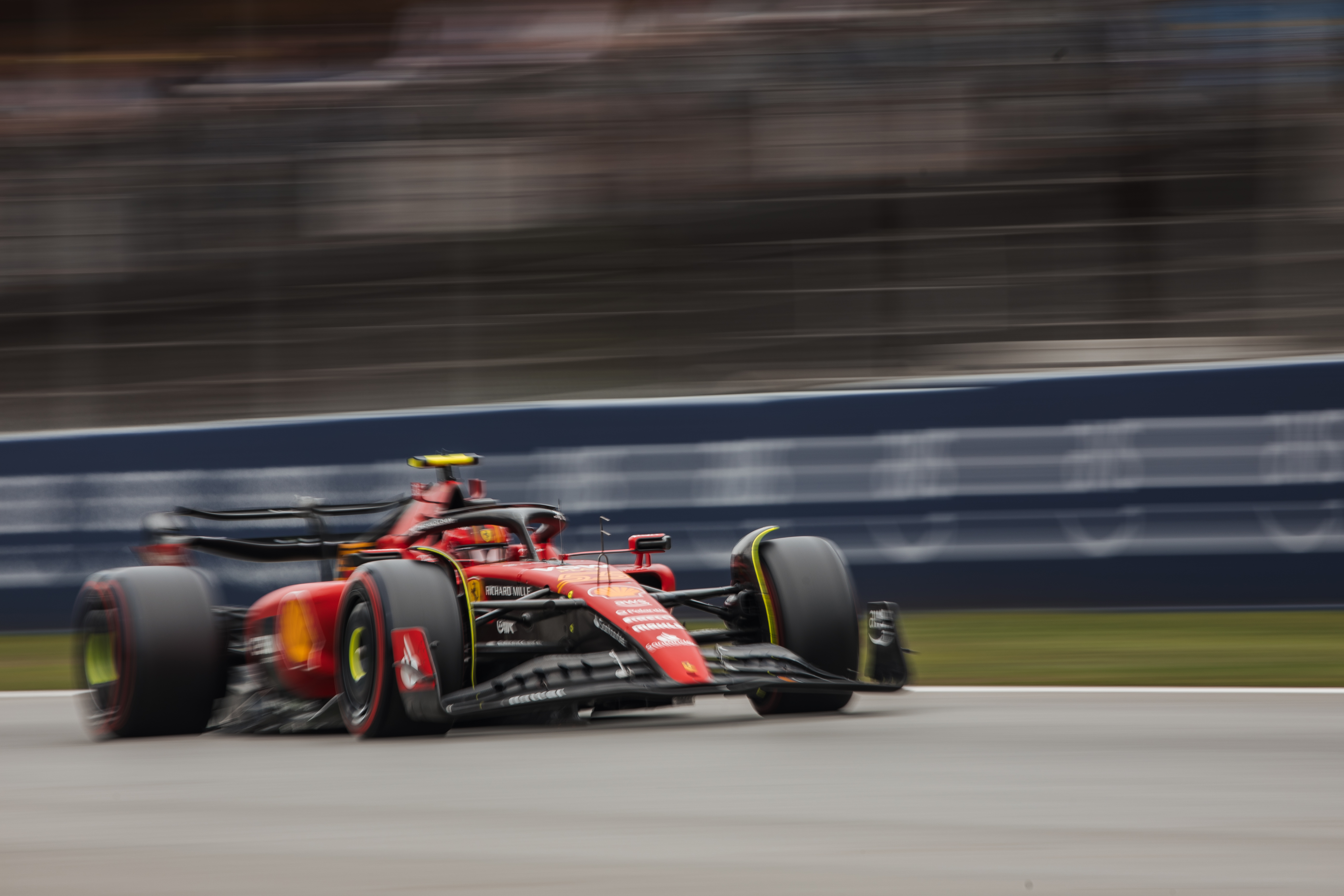
“I think with the technology that we have nowadays something like that could be achievable. With the mini-sectors, with the ghost cars, with that kind of stuff that I think we should look into.”
How viable would ghost car layering be?
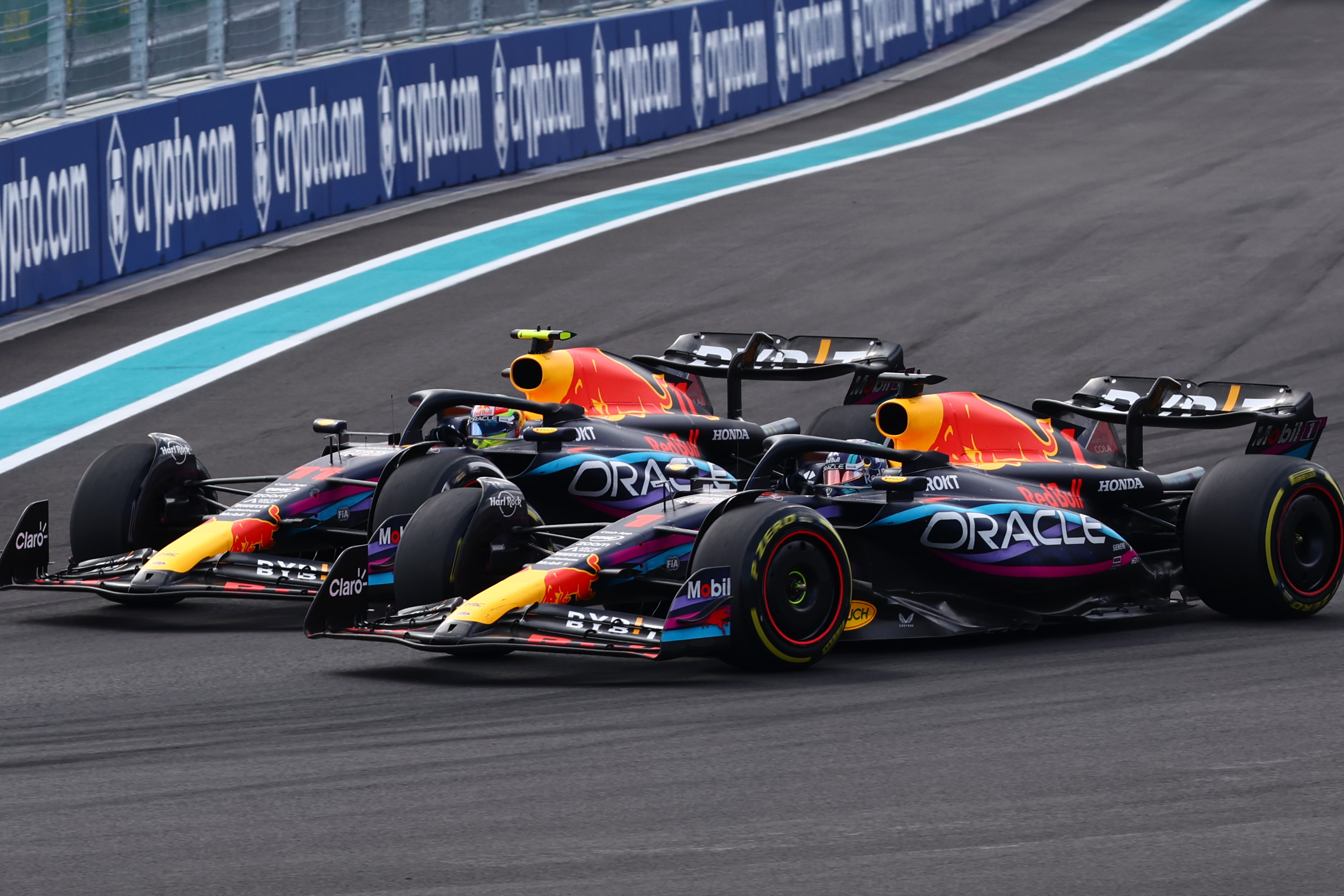
F1’s director of broadcast and media Dean Locke spoke to The Race F1 Tech Show earlier this year, with ghost-car visualisations – something first experimented with in 2009 – among the topics he was asked about by Edd Straw.
Those original overlays were short-lived, as the trade-off for an impressive set of visual graphics was a labour-intensive process. But well over a decade down the line, is there any possibility of seeing something like that again?
“I’m happy to say yes to the question will you see any more of that. In 2009, that was actually a golf-swing simulation tool we actually used where you overlayed golf swings. The problem we had, and we used it a lot in practice sessions, was what were the two cars doing, were they at the same fuel load, were they on the same set-up so there was an element of distrust about the shots.
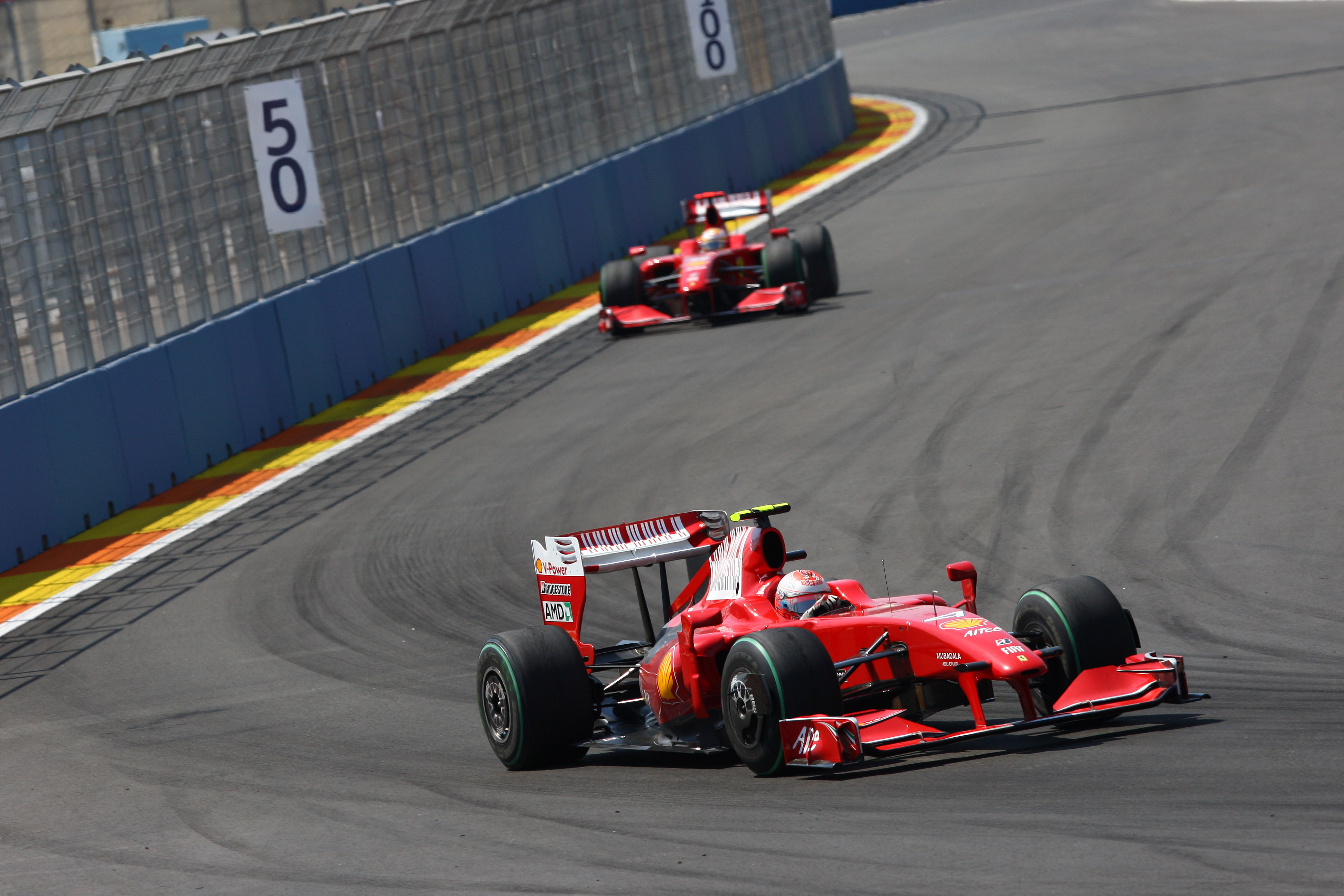
“So actually what we really need to do is do it in race mode, do it in qualifying mode when we know the cars are set up to give a like-for-like comparison. But doing it live is the real target. We’re not in a stadium so we’ve got cameras all around the track, we’re not in permanent structures – at Melbourne even the fences aren’t there – so a lot of this stuff you see in a stadium sport is permanent, rigs and permanent structures so how do we do that?
“But we are looking at, we did a small trial last year I believe, which was relatively successful. It’s the turnaround of the clips as well, how quickly, but there are some good stories whether that is racing lines, hitting apexes, or it’s the distance between two cars in qualifying – like the rowing, looking at the world championship line, chasing a line which is really the P1 line – those comparisons you should see.
“We’re looking at some technology at the moment. Maybe even doing it on the helicopter, which is the best view of doing some of these angles as well, it makes it even harder because there isn’t a cable to a helicopter so that’s done over radio frequencies. But we are looking at some stuff. There’s some other sports that are doing really well, whether that’s America’s Cup and some of the technology there in sailing, so yes we are looking at racing lines, we are looking at that.
“You’ve seen some elements already that we do on the onboard cameras, the tagging of the car in front and there’s a strip between the two cars showing the time and the distance. It’s actually furthering some of that technology to be able to overlay cars in vision.”
In the meantime, Sainz remains one of the bigger advocates on the grid of splitting Q1 into two sessions – like Formula 2 does with its Monaco qualifying – as “the shorter-term solution”.
But it is clear many of his fellow drivers are not convinced.
“People would speak about trying to find a new way of doing it, two groups, things like that. It’s not Formula 2. You can’t do that,” said Esteban Ocon – seemingly under the impression that a split Q1 in F1 would then combine the laptimes for a joint leaderboard, rather than have a set number of drivers progress from each group.
“There is too much of a track difference. And there will always be a favourite session. We can’t do that. It’s just not fair for anyone. Better to keep the system as it is.”


